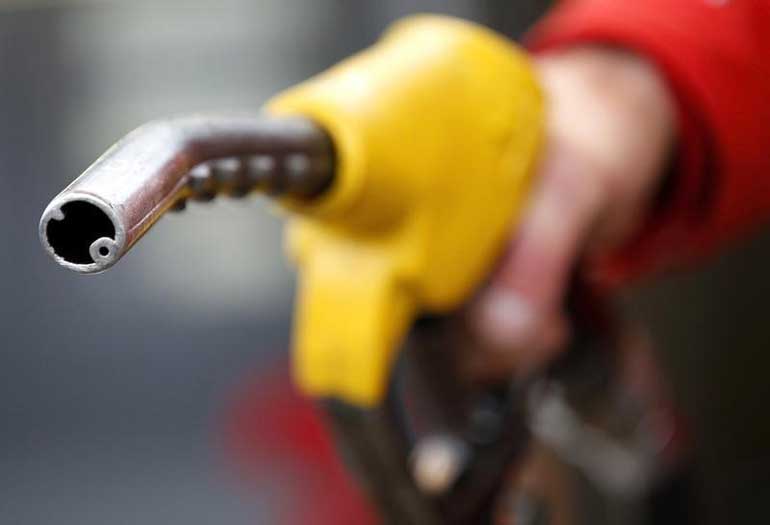Monday Dec 08, 2025
Monday Dec 08, 2025
Thursday, 13 August 2015 00:00 - - {{hitsCtrl.values.hits}}

Reuters: Crude oil prices continued to fall on Wednesday as China allowed its currency to drop for a second day, triggering concerns over its economic health just as oil production hit multi-year highs.
China’s yuan hit a four-year low on Wednesday, slipping further a day after authorities devalued it to support its struggling economy.
Analysts noted that China’s overall currency fall was relatively low by historical standards in foreign exchange markets, but were quick to add that China’s case was different.
“It is China – the largest consumer of most commodities and a large producer of many – and it’s the yuan, which rarely moves much against the US-dollar and when it does, it traditionally appreciates not depreciates,” Australian bank Macquarie said in a note to clients.
Tuesday’s fall in the yuan against the dollar was the biggest in 20 years, it added.
Analysts said they expected China’s government to intervene further to stimulate growth as its industrial output growth continued to slow.
“We believe the government will continue to ease policy to stabilise sluggish aggregate demand growth,” Morgan Stanley said, adding that it expected another interest rate cut towards the end of the third quarter this year.
A lower yuan erodes Chinese purchasing power for dollar-denominated imports like oil, potentially hitting fuel demand.
US crude futures were at $ 42.99 per barrel at 0620 GMT, down 9 cents from their last close which marked its lowest settlement since March 2009.
Brent futures were down 26 cents at $ 48.92, more than 25% below their last peak in May.
“The Chinese yuan continues to weaken for the second day which could suggest further weakening of oil prices,” Singapore-based brokerage Phillip Futures said.
“On top of this, OPEC’s August 2015 report shows slightly increasing production.”
The Organisation of the Petroleum Exporting Countries (OPEC) said on Tuesday that its members continued to boost supplies. According to secondary sources cited by the report, OPEC produced 31.51 million barrels per day (bpd) in July – 1.5 million bpd more than its 30-million-bpd target.
OPEC also raised its forecast of oil supplies from non-member countries in 2015, and the group forecast no extra demand for its crude oil this year.